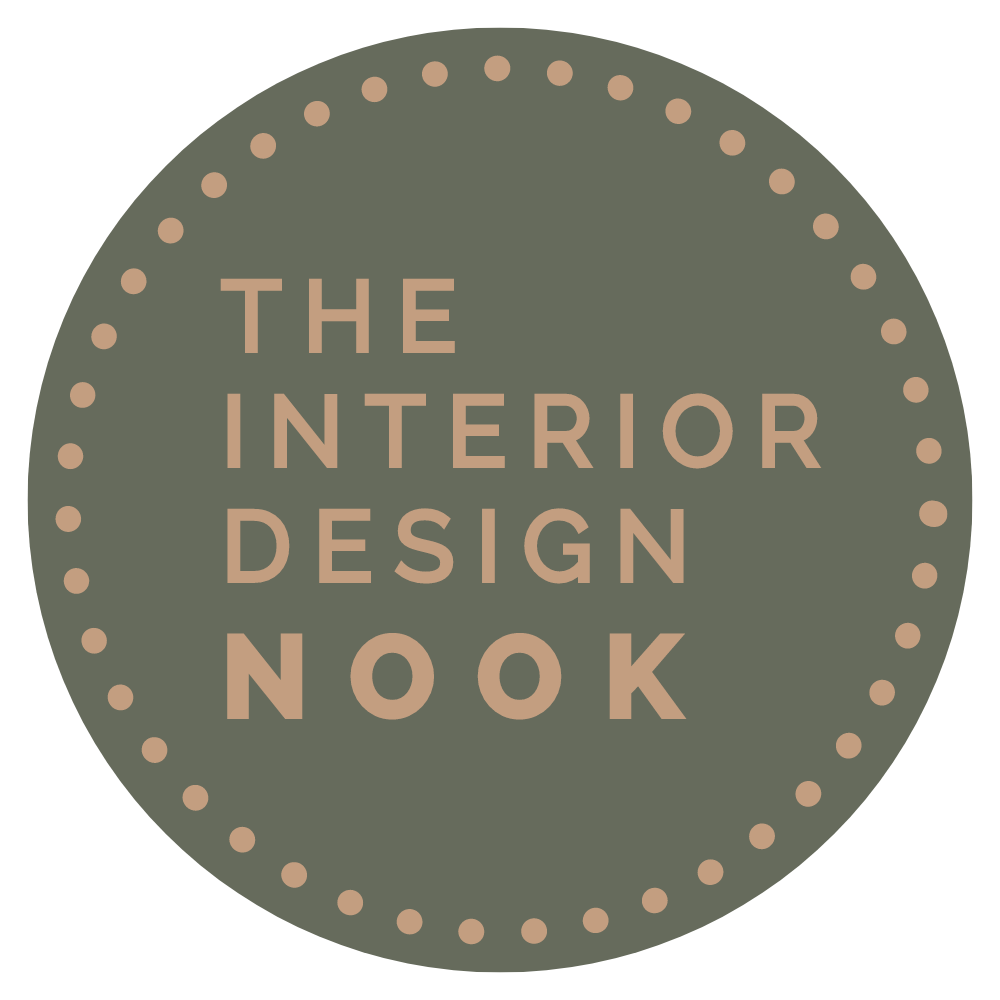Budget Kitchen Hacks: High End Handles
I grew up in a Victorian home with brass goose-egg door handles. These are the tactile details that make a home feel characterful, solid and authentic. Whilst their presence might go unnoticed, their absence can make a home feel like that high-end quality is missing (regardless of how high or low other aspects of the interior are!). This is why interior designers talk about investing in the ‘touch points’ - the bits of your home you touch multiple times a day - and ensuring they are made out of authentic materials.
Armed with this knowledge, I felt it was important to have solid brass handles for my kitchen cabinets, and to ensure it felt characterful and refined I wanted it to be unlacquered brass. This is the kind of brass that develops a patina over time like the goose-egg door handles. My kitchen has:
23 drawers
7 cupboards
2 pull-outs
an integrated dishwasher
4-full height cabinets
That amounted to 27 knobs, 17 pull handles and 2 bar handles - that’s a lot of hardware! For a mid-range kitchen you can budget about £10 a handle, but for unlacquered brass you can double that. If I’d bought these totally gorgeous beauties from Corston Architectural it would have come to £727.20, and even using my trade discount that wasn’t in my budget!
Kilburn knob from Corston Architectural
There are 2 ways to get the high-end goods without splashing your cash - second hand or DIY. To make this one work for me, I did both!
Firstly, I found a lot of 38 ‘Heritage Brass’ knobs and handles on Facebook Marketplace. They were lacquered and shiny so not most people’s cup of tea, but excellent condition and the shape is brilliant - traditional, but not the same classic bow and cup pull handles you see repeated in every other traditional kitchen renovation.
The other great thing about this purchase is you can still buy these handles new (they’re a mid-range price bracket). To get the right combination of handles I needed for my kitchen, I topped up with an extra 2 long bar pulls, 4 mini bar pulls, and 2 long cup pulls with a back plate for my dishwasher and bin. Having a mixture of styles on different cabinets helps make the kitchen look more like furniture (in-keeping with the period of the house) rather than a clinical fully-fitted look. I find that having everything ‘matchy matchy’ in a traditional kitchen can look like a pastiche.
Secondhand Heritage Brass cabinet knobs
The next step was to remove the lacquer. I did my research and tried a bunch of low-chemical methods, but there was a lot of confusion out there between delacquering and aging techniques. In the end the thing that worked was good old stinky paint stripper. You have to get the timing just right, leave it too long and you might as well just be using sandpaper and elbow grease. Make sure you follow the manufacturer’s instructions if you are going to do the same, but here’s the process I used:
Get your PPE sorted - latex gloves, mask and goggles, and an old washing up bowl to put everything in. I used an old soft paintbrush, a 180 grit foam-backed sanding pad, and 240-300 grit wet ‘n’ dry sandpaper for polishing. Sanding pads are easier for using on small intricate things but use whatever you have, the grit is the important thing.
I brushed the paint stripper onto the handles in a thick layer all over. I only did 2-3 at a time so that they didn’t dry out too quickly.
After 10 minutes I rubbed them down with a 180 grit foam-backed sanding pad until the lacquer began to flake. Then I brushed another layer of paint stripper onto the roughed up surface for and timed for another 5 mins.
Next, I rubbed them down until the lacquer came off completely, rinsed in cold water to wash off the gunk and checked all the lacquer was off. By this point the lacquer looks cloudy but it can be hard to spot small patches.
I polished each handle using 240-300 grit wet ‘n’ dry sandpaper starting off with the rougher grit. When using this type of sandpaper, keep it moist and rinse off the residue every now and then. I left mine at this stage which gives a brushed brass look - particularly effective for aging. For a more polished look you’d need to carry on increasing the grit.
It took a while and I got cramp in my hands, but I’m really pleased with the results! They look good like this but I decided to speed up the patina process to feel more in-keeping with the other brass fittings in the house. You can do this by leaving them in vinegar for a couple of days, and if they get too coppery or black just rub it back a bit with the wet ‘n’ dry.
Aged brass effect using vinegar
What do you think? Let me know in the comments or over on Facebook!






